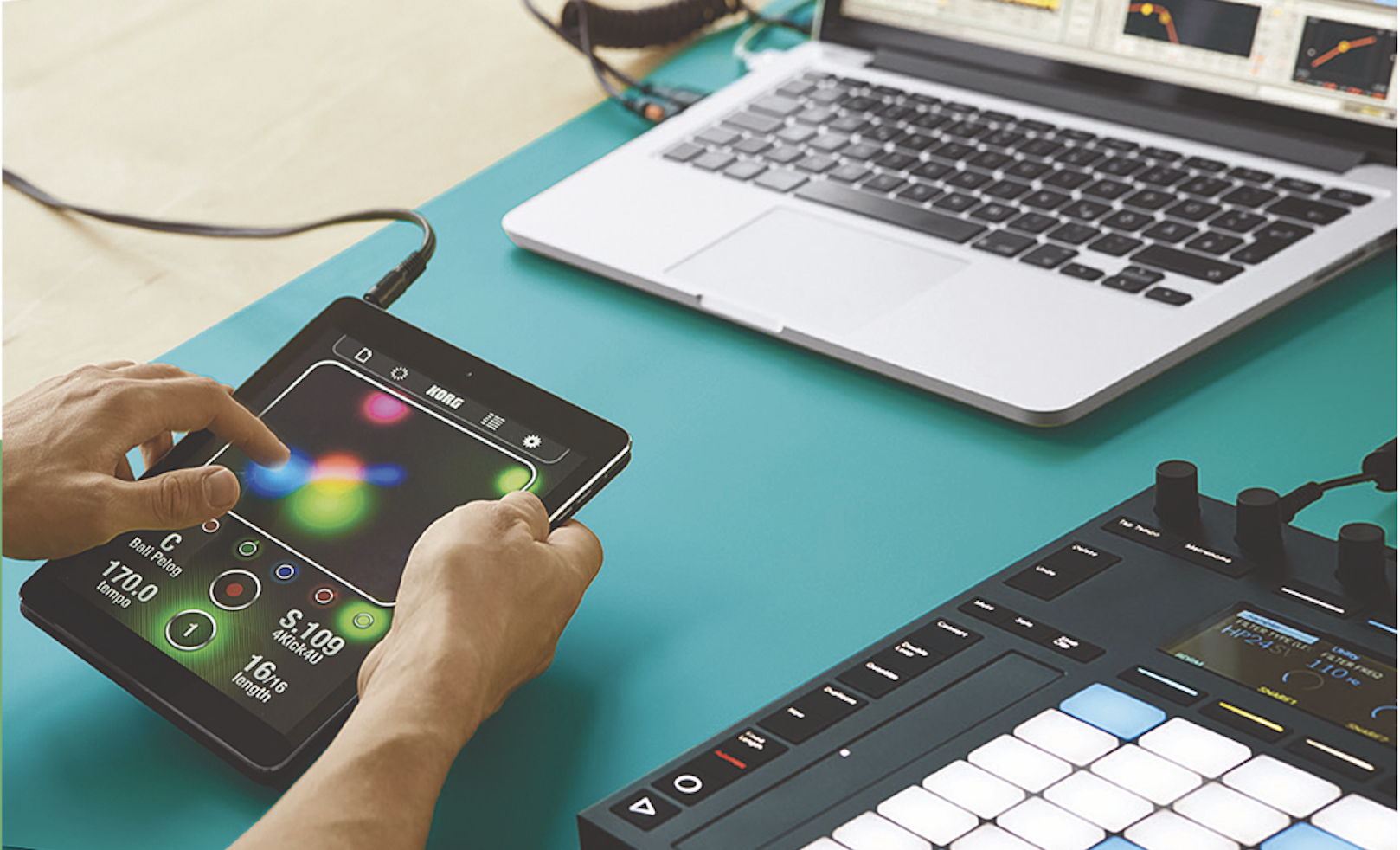Sync with Link – A Step-by-Step Guide (Continued)
As the step by step guide to using Ableton Link to synchronise your computers and iOS devices continues Martin Delaney talks through the key tips to ensure you get the most out of Link… 7. It’s the same process with iOS. Any Link-enabled music app will have a switch somewhere in its settings or preferences, […]

As the step by step guide to using Ableton Link to synchronise your computers and iOS devices continues Martin Delaney talks through the key tips to ensure you get the most out of Link…

7. It’s the same process with iOS. Any Link-enabled music app will have a switch somewhere in its settings or preferences, where you can turn Link on. After that, you’ll see the progress bar again.

8. � You’ll see the display show the updated number of recognised devices. You can sync iOS devices with Live, or multiple iOS devices. Live doesn’t have to be present to sync iOS devices.

9. It’s also worth remembering that you can Link many iOS apps on the same device, if you need to, and from what I’ve seen so far, there’s no practical limit to how many can be running at once.

10. Link is very, very good for those types of casual jams where any kind of setup time is going to seem like overkill and you just want to experiment or have a little social play.

11. If you’re using computers rather than iOS devices, and you don’t trust Wi-Fi, you can connect them via an ethernet cable and Link should run happily over that. I haven’t tried this myself yet, though.

12. Tempo changes? No problem. Tap in a new tempo, or type in the numbers, or send it from MIDI, and everything that’s linked will follow along smoothly. Plus, tempo changes can come from any device.

13. Of course, you’d need something beefier to properly hear your devices in a gig situation, but it’s really cool just to have a bunch of iOS devices on the table and use their built-in speakers.

14. If you do need something more controllable in audio terms, get a little mixer and some speakers. It doesn’t have to be expensive. Some small mixers are battery powered, too, for more mobility.

15. If your regular sound card has a standalone mode, which isn’t so unusual, you could use that – give it some mains power, and you’re off. The Keith McMillen K-Mix is fantastic for tabletop jams.

16. Maybe this is where we should mention the dreaded iPhone 7 and 7 Plus, which don’t have an audio output, unless you use the lightning-to-audio adaptor, which at least is included in the box.

17. If you want to charge an iPhone 7 and get audio output simultaneously, you’ll need to purchase a separate lightning adaptor like this one from Belkin, to enable both at the same time.

18. MIDI hardware can play with Link as well – just configure as usual with your MIDI interface and Live’s Preferences, and any MIDI hardware that’s synced to Live will follow along, or vice versa.